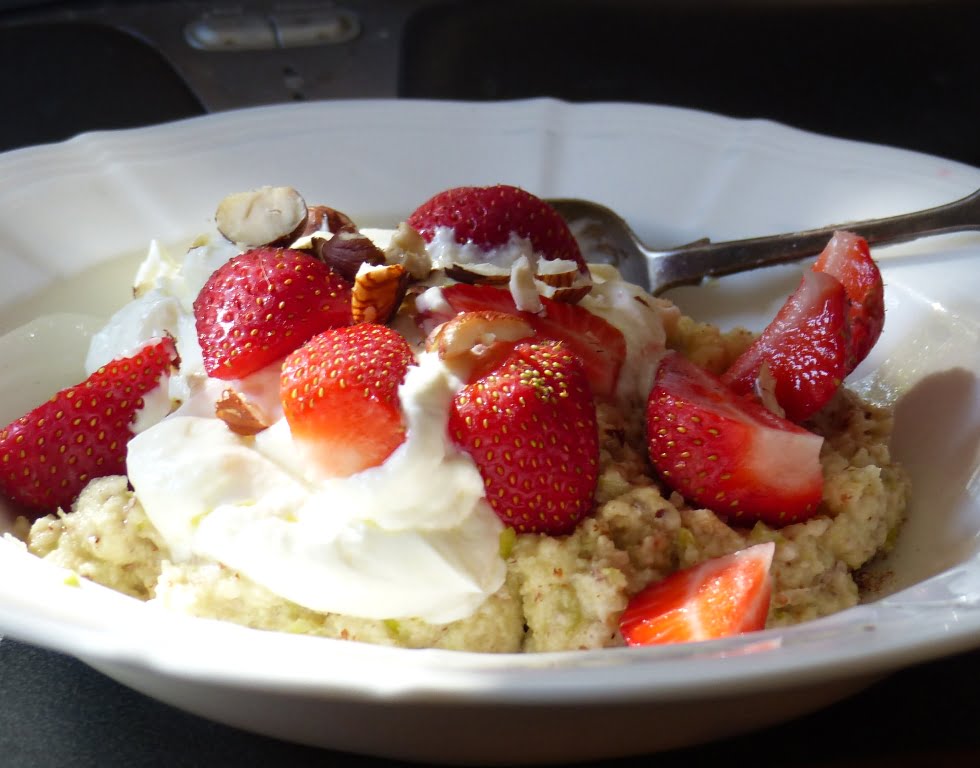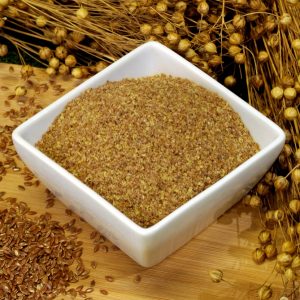Flaxfarm, Food, Gluten-free, Health, Ladies' health, Remedies
How to use Linseed (flaxseed) for beginners
Flax Facts
Before we start a few flax (linseed) facts. In the UK, linseed and flax are the same thing. Bronze/ brown and gold/yellow linseed are equally good for you. Whole linseeds pass straight through the digestive tract virtually unchanged.
It is possible to buy linseed in many forms, consuming the right form in the right quantity helps make sure you get the health benefits you are looking for.
Whole linseeds
Whole linseeds do have their uses: they have a long shelf life so will stay in the cupboard a good long time, up to a couple of years, until you need them; they look good in baking; they are useful to make certain homemade remedies such as linseed tea; they are nice dry roasted and added to food for a bit of extra flavour and crunch; they also have non-food uses including making hair gel; linseed as a food either should be cold-milled to make a powder or cold-pressed to be consumed as an oil.
Cold-pressed linseed oil
To target the heart, skin (moisturising from the inside), hair, nails, joints (think “oiling the joints”) health of reproductive organs, brain and mental wellbeing (the brain is the part of the body which has the biggest requirement for omega-3) Linseed oil is a good vegetarian/vegan source of omega-3. Available from the Flax Farm shop in 100ml sample bottles up to bulk 6 x 500ml.
Omega-3 for health
Linseed oil is a great, environmentally-friendly source of omega-3. It is palatable and well utilised by the body. Having a nice flavour and not being high in vitamin A means it can be consumed freely in therapeutic diets. Linseed oil is cholesterol-free. Linseed oil is used for its omega-3 to improve the ratio of omega-3 to omega-6. It is used to target various conditions but it actually works holistically throughout the whole body which is useful because if one part of the body isn’t working right often other bits of the body aren’t working best either and also need some help. When we have problems with a part of the body or its processes it is often as a result of the body’s messaging system and hormones either not being produced as freely as they should or over-production, not switching off when not needed. Omega-3 enables the body to regulate its processes, switching things on and off freely as needed to enable it to run like a well-oiled machine.
How to use linseed oil
It can be taken on a teaspoon but it is even better when used in food, especially if it can be used to replace other less healthy fats and oils. Instead of using full-fat milk or yoghurt add some linseed oil to fat-free milk for porridge or in yoghurt to make it creamy. Use linseed oil in salad dressing instead of oils rich in omega-6. Use in humous and other dips blended with veggies, herbs or pulses. Makes lovely rich desserts and “ice cream” when blended with bananas, mangoes or other fruity. Cold-pressed linseed oil capsules are another way to get your linseed oil; you only get 1000mg in each capsule but they are convenient to ensure you get your omega-3 especially when travelling. The Budwig muesli is a great way to get all the benefits of linseed oil and ground linseed.
How much linseed oil to use?
- About 1-2 teaspoons/day for healthy teenagers and adults. If you use the oil in food smaller children will eat less and get an appropriate helping.
- Men usually need a bit more than women as they don’t absorb it as efficiently. Women before and during pregnancy, while breastfeeding increase linseed oil intake to maintain the women’s omega-3 and provide the baby with plenty of omega-3 for developing the brain
- Older adults 2-3 teaspoons or to target health conditions as much as 2-3 tablespoons depending on condition.
- Therapeutic diets follow instructions. OMS 20-40 ml per day, Budwig Diet up to 100ml per day
- It is recommended that linseed oil is consumed of part of a healthy diet that includes lots of fruit and veg to ensure plenty of vitamins, including oil-soluble vitamins A and E, minerals and antioxidants.
Cold-milled ground linseed
For the digestion, blood sugar issues, hormone balance, to make meals higher fibre, lower glycaemic index, keto or low carb diets and as a gluten-free alternative
Ground linseed is simply whole linseed ground to a sort of flour. It is gluten-free and a virtually carb-free food. It is probably the best source of fibre for gut health. Ground linseed is effectively carb-free because its carbs are actually fibre so ideal for weight control, low carb and keto diets. It is very high in soluble fibre, this helps regulate blood sugar levels after eating and is good for slow-release sustained energy.
Ground linseed is a rich source of lignans which are powerful antioxidants and mild phytoestrogens that can help women balance hormones.
Cold-milled ground bronze linseed Linseed rich source of fibre
How to use ground linseed
Linseed can be just stirred into porridge, added smoothies and drinks, lovely in yoghurt or with fruit. Linseed is great in baking, to compensate for refined carbs to make food lower GI, higher fibre and healthier. Makes great carb-free breads, energy bars and crackers.
How much ground linseed to use?
- Normal adult helping about 20-25g or two heaped tablespoons. Small children a teaspoon, older children a dessertspoon.
- For hormone balance about 45g, two heaped tablespoons twice per day.
- Budwig diet recommends adding a couple of tablespoons to breakfast muesli and dessert for lunch. Johanna Budwig also recommended adding ground linseed to juices to slow down the absorption of sugars.
- In baking replace between a fifth and a third of flour/oats
- In gluten-free or keto baking linseed can be used without flour to make carb-free/gluten-free bread, crackers etc.



